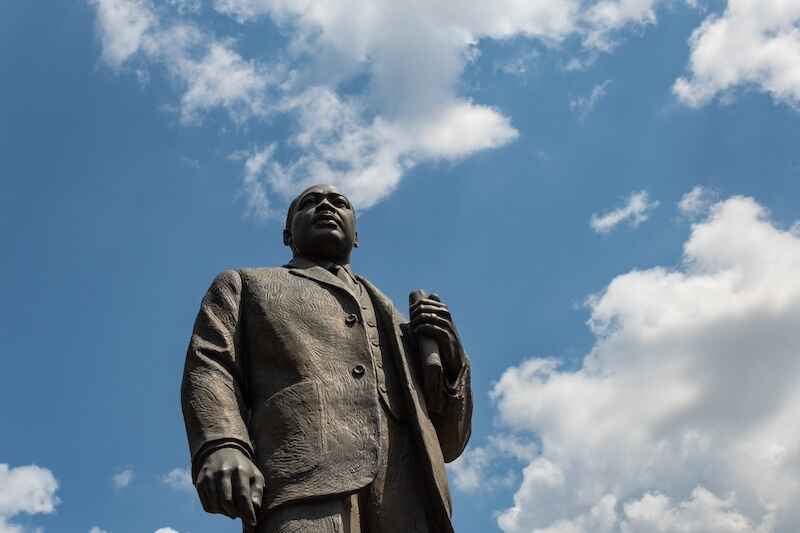Unlock the Editor’s Digest for free
Roula Khalaf, Editor of the FT, selects her favourite stories in this weekly newsletter.
De Beers Group has amassed its biggest stockpile of diamonds since the 2008 financial crisis, laying bare the group’s challenge in reviving demand for jewels long seen as the pinnacle of luxury.
A slump in Chinese demand, intensifying competition from lab-grown alternatives and the legacy of pandemic lockdowns, when the number of marriages fell, has left the world’s biggest diamond producer by revenue with inventory worth about $2bn.
The scale of the stockpile, which has not been previously reported, has hovered around the $2bn mark for much of the year, according to the company.
“It’s been a bad year for rough diamond sales,” said chief executive Al Cook.
The prolonged decline in demand that began with the Covid pandemic has forced De Beers to take measures to curb supply of the precious stones. It has cut production from its mines by about 20 per cent from last year’s levels and reduced prices at its most recent auction this month.
Auctions are used to sell rough, or uncut, diamonds to a group of about 50 certified buyers known as sightholders, who are the industry’s most powerful dealers.
With a 20,000-strong workforce, De Beers has been a dominant force in the $80bn diamond jewellery market since it was founded in the late 19th century. The group’s revenues dropped to $2.2bn in the first half of this year, from $2.8bn in the same period in 2023.
Its biggest rival, Russia’s Alrosa, was hit by sanctions imposed on Russian diamonds by the G7 nations this year following the full-scale invasion of Ukraine in 2022.
The diamond market’s struggles come as De Beers is set to be spun off into a separate company by its owner, Anglo American. The FTSE 100 mining group promised to offload De Beers after fending off a £39bn takeover bid from rival BHP this year.
Anglo’s chief executive Duncan Wanblad has warned that disposing of De Beers, either through a sale or an initial public offering, could be complicated by the weak state of the diamond market.
In an effort to boost sales, De Beers launched a marketing push in October focused on “natural diamonds”, echoing its famous advertising campaigns of the second half of the 20th century.
Cook, who has led De Beers since February 2023, said that as the group prepared to be spun off, it would boost investment in advertising and retail, including expanding its network of stores to 100 globally, from 40 today.
“The restart of this huge campaign of category marketing . . . I think this is very much an early indicator of what an independent De Beers will look like,” Cook added.
“As we go independent, we have the freedom to focus on marketing as hard as we focused on mining,” he said. “This feels to me like the right time to be driving marketing and getting behind our brands and retail, even as we cut the capital and the spend on the mining side.”
Tepid demand in China has been a significant drag this year. In a sign of the weakness of a market that typically imports diamonds, the country’s jewellers have resorted to exporting polished stones to reduce their own stockpiles.
Competition from lab-grown diamonds, which cost about one-twentieth of a natural stone, has also grown, particularly in the US. The country is the world’s largest diamond market and accounts for about half the industry’s sales.

Cook insists that next year could bring a “gradual recovery” globally, including in the US.
“We see the emerging signs of a retail recovery [in the US] in October and November,” he said this month, pointing to credit card data that showed an uptick in jewellery and watch purchases.
Paul Zimnisky, an independent industry analyst, said De Beers’ rough diamond sales were on track to be down about 20 per cent this year, after falling 30 per cent in 2023.
“Given the low base, any recovery in the trade should result in some relative growth in 2025,” he said, adding that he expected global diamond jewellery sales to rise about 6 per cent to $84bn next year.
Credit: Source link














